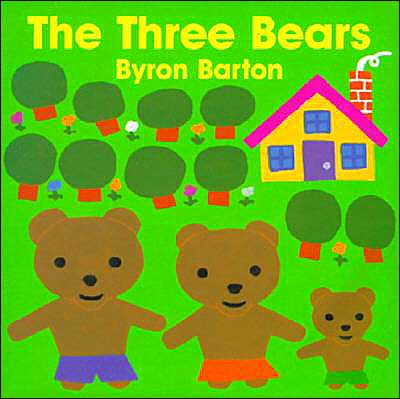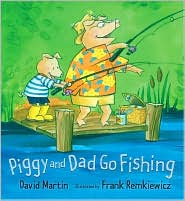Introduction: I have a big empty box here. What do you think we can do with this box? What could you do with it? [You may want to have more than one box if you want to give them time to explore and play with the boxes, or you may choose to do this after reading the book.]
Today we have a book called Big Box for Ben by Deborah Bruss. Let's see what this boy Ben likes to do with his box. [As you read the book, add interesting words describing the box, the position of the box and the flaps, what Ben is imagining--using the word imagination]
Early Literacy Aside: Playing is a great way to build children's language. By following your child's lead, giving them time to express their ideas and think imaginatively, asking open-ended questions, adding new words and description, you give them opportunities to build their vocabulary, to think of stories, and to understand the world around them. All these skills contribute to later helping them understand what they read.




 Early Literacy Aside--Explain: Narrative skills is the ability to talk about events and tell stories. Having children tell you what they are thinking, talk about things that happen, or tell you stories is later going to help them understand what they read.Read The Three Bears and have children help you retell the story using props or a flannel board.
Early Literacy Aside--Example: Retelling stories helps children understand what they read. Using props found around home can help children remember and retell stories.
Early Literacy Aside--Empower: When children do what is called dramatic play, when they act out stories, this kind of play helps children understand the structure and story and helps them understand the story itself. Play is a great way to support later reading.
Early Literacy Aside--Explain: Narrative skills is the ability to talk about events and tell stories. Having children tell you what they are thinking, talk about things that happen, or tell you stories is later going to help them understand what they read.Read The Three Bears and have children help you retell the story using props or a flannel board.
Early Literacy Aside--Example: Retelling stories helps children understand what they read. Using props found around home can help children remember and retell stories.
Early Literacy Aside--Empower: When children do what is called dramatic play, when they act out stories, this kind of play helps children understand the structure and story and helps them understand the story itself. Play is a great way to support later reading. Read the book Piggy and Dad Go Fishing by David Martin. Retell the story using props.Early Literacy Aside--Empower: You encourage dramatic play when you give your children opporutnities to retell stories with your children using things around the house. Having your children retell stories helps them remember the story and also to understand how stories work, with a beginning, a middle and an end. This will help them later in school when they will write their own stories and to understand stories they will read.
Read the book Piggy and Dad Go Fishing by David Martin. Retell the story using props.Early Literacy Aside--Empower: You encourage dramatic play when you give your children opporutnities to retell stories with your children using things around the house. Having your children retell stories helps them remember the story and also to understand how stories work, with a beginning, a middle and an end. This will help them later in school when they will write their own stories and to understand stories they will read. Read the book Snap! by Marcia Vaughan.Early Literacy Aside--Example: This book lends itself to retelling events which helps your child understand the story. Encourage your child with questons that leave room for them to describe what they hear or see. I used questions like, "What did Joey do when his Mom fell asleep?" and "Who did he meet?"
Early Literacy Aside--Empower: The ability to retell a story is an important skill for children to have in order to understand what they are reading. Predicting what happens next and acting it out, or as it's usually called, pretend playing, is a fun way to retell a story and to gain background knowldge along the way.
Read the book Snap! by Marcia Vaughan.Early Literacy Aside--Example: This book lends itself to retelling events which helps your child understand the story. Encourage your child with questons that leave room for them to describe what they hear or see. I used questions like, "What did Joey do when his Mom fell asleep?" and "Who did he meet?"
Early Literacy Aside--Empower: The ability to retell a story is an important skill for children to have in order to understand what they are reading. Predicting what happens next and acting it out, or as it's usually called, pretend playing, is a fun way to retell a story and to gain background knowldge along the way.